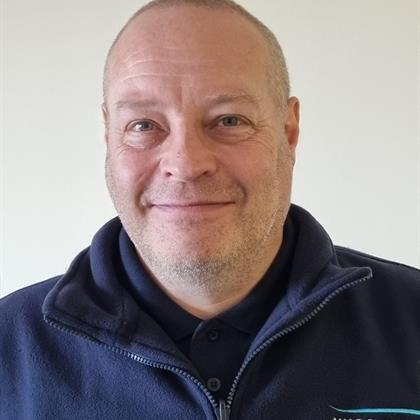Off-mains drainage and sewage treatment for animal shelters
One of the obvious challenges of running an animal shelter, including kennels and catteries, is the need to dispose of a significant quantity of hazardous waste.
Animal shelter risks & legislation
All Water Utilities specifically exclude animal faeces going to sewer especially dog’s and regulations for Scotland and Northern Ireland under the Guidance for Pollution Prevention 24 specifically exclude dog faeces going to sewer when a treatment plant is on site. For England, shelters should contact their local water authority for specific rules if connected to mains and what the regulations are if a treatment plant is needed on site.
The GPP 24 regulations state that there is a legal requirement on all shelter locations not connected to mains drainage to be served by a reliable on site and off-main sewage treatment system to deal with animal waste as it is a controlled substance and subject to specific disposal requirements. The stored waste is then collected by a registered waste collector and disposed of at an authorised site.
This is due to environmental concerns from the animal waste which contains diseases that contaminate and pollute water sources and the environment.
For example, toxocariasis which is an infection transmitted from animals to humans caused by the parasitic roundworms commonly found in the intestine of dogs and cats.
However, the risk of carrying over toxocariasis into the wastewater effluent can be reduced by installing a robust packaged sewage treatment system designed with animal waste in mind.
In England, you must make sure your system meets the Government’s general binding rules for small sewage treatment plants. Different rules apply in Wales, Scotland and Northern Ireland.
Rules for a package sewage treatment plant
- Tank discharge outlet must be at least 10m from any watercourse or building
- Must meet the EN12566-3 standard for small wastewater treatment systems
- If the plant needs electricity to operate, it should be able to function without power for up to six hours, or have a power supply that cannot be interrupted
- Can discharge to either a watercourse or drainage field
- Drainage field – or soakaway - should be at least 15m from any building and 50m from a water supply, such as a well
What else should I consider?
For animal shelters looking to install or replace an off-mains treatment system, the process can seem daunting, but decisions generally come down to five considerations: size of property; cost of purchase, installation and maintenance; environmental impact; landscaping and gardening potential; and risk of odour.
Animal shelter size
Sizing a package sewage treatment plant generally depends on a calculation based on the size of the animal shelter.
Package sewage treatment plant should be sized at least 1.5 to 2 times the predicted total daily flow, to handle peak flows and ensure efficient treatment.
British Water’s Best Practice Guide to Flows and Loads provides a table which allows the total daily sewage load from properties to be calculated and it is recommended that all designers use this table when sizing and designing a non-mains sewage treatment system.
Septic tank size is usually based on the predicted daily flow rate. A common rule is to have a tank capacity of at least 2.5 to 3 times the daily flow rate. This allows for adequate settlement and digestion of solids.
The calculated size provides the minimum requirement, so it is advisable to round-up to the nearest available size of package sewage treatment plant, to ensure adequate capacity.
Maintenance and cost
The price of the sewage treatment system and ongoing service and maintenance costs should be taken into consideration before you make an investment. Consider the whole-life costs of different systems - those with fewer mechanical moving parts and electrical connections are less likely to break down and will require less maintenance over their lifespan.
Maintenance requirements for commercial sewage treatment plants vary depending on the size, type, and age of the equipment. When selecting equipment, compare the length and scope of warranties for different systems.
When undertaking an installation, costs can vary depending on the site location, quality of the ground, the model chosen, and how long installation takes. Where an existing system needs to be removed, this would also need to be factored into estimates from installation contractors. You will also need to have the sludge in your package sewage treatment plant removed regularly.
WCSEE total process off mains solutions
WCSEE offers a total process solution that can be designed specifically for your needs. From a tailor-made package sewage treatment plant, sand filters to prevent toxocariasis entering the environment and advanced sludge treatment tailor-made to ensure regulations and rules are met.
Topics: Wastewater Treatment

Written by Steve Holt
Steve is the Engineering Technical Manager at WCS Environmental Engineering, specialising in off-mains sewage solutions. With extensive experience ranging from domestic to large-scale commercial applications, Steve works on custom designed sewage treatment systems tailored to site-specific needs. He collaborates closely with architects and engineering firms, leveraging his strong mechanical and electrical engineering background and experience with multinational companies to deliver cost efficient treatment.



